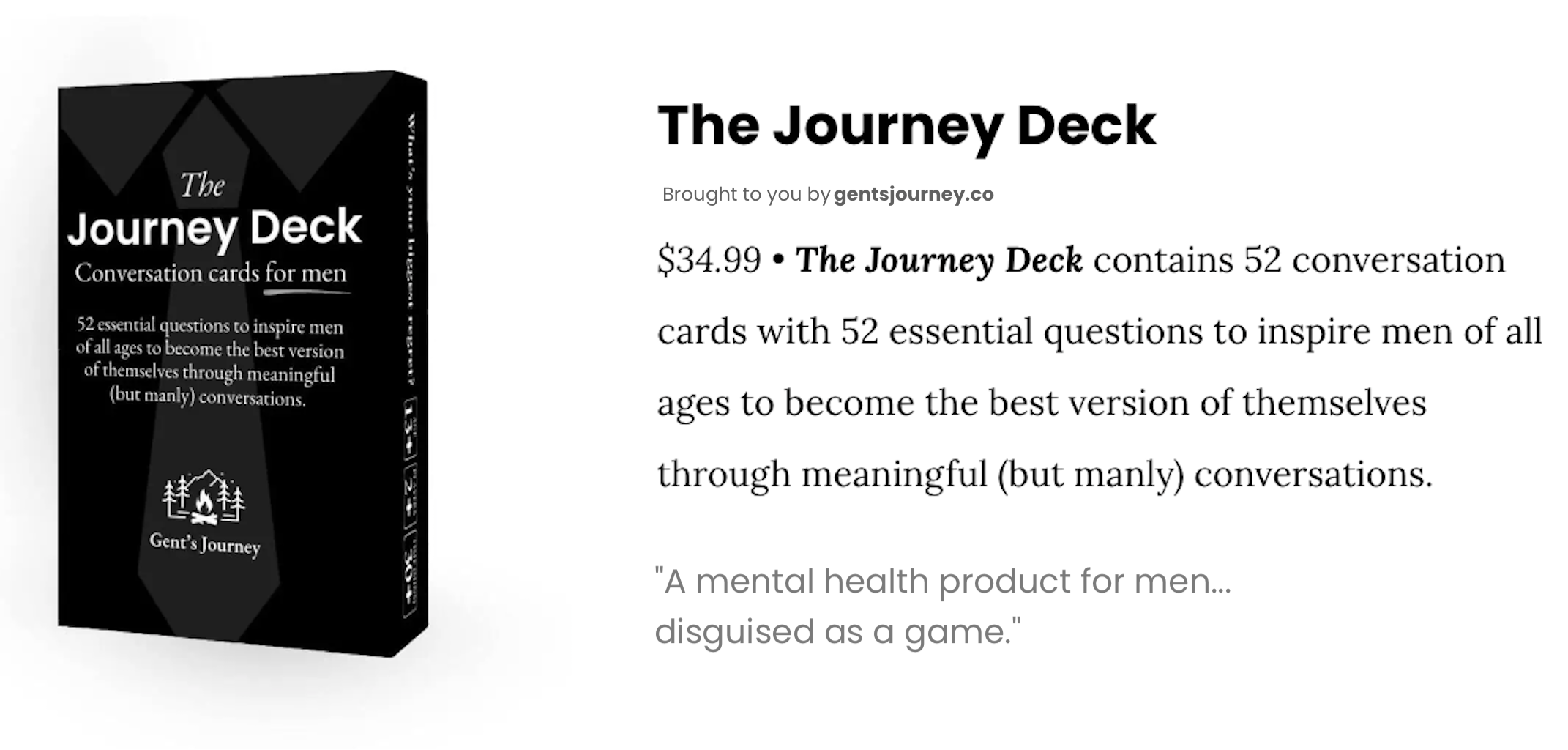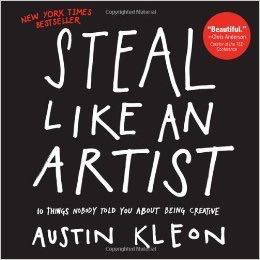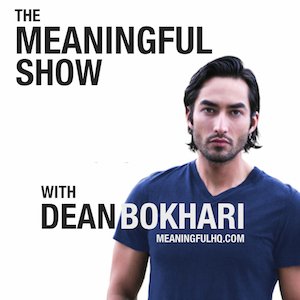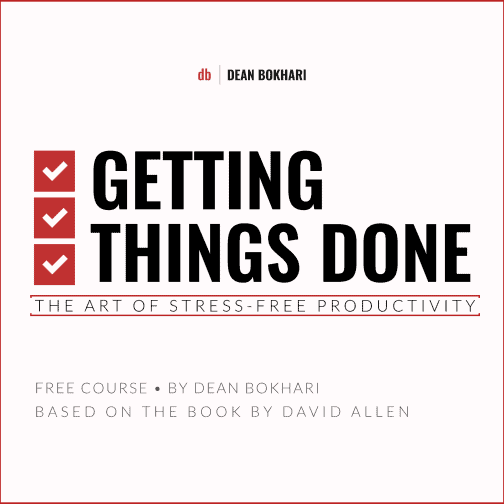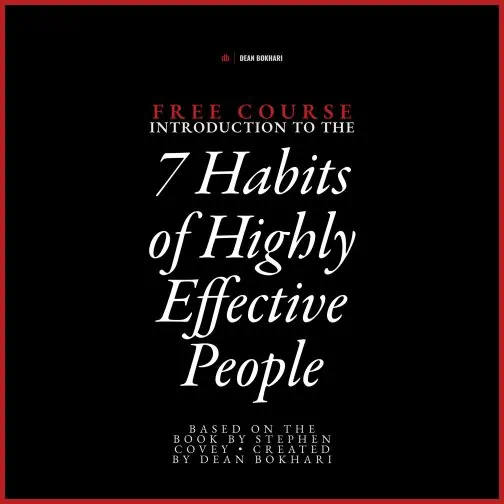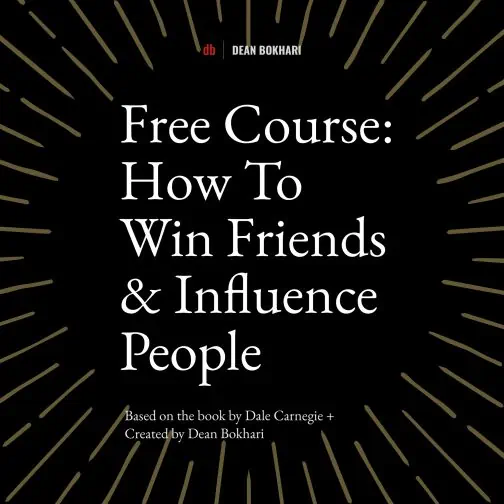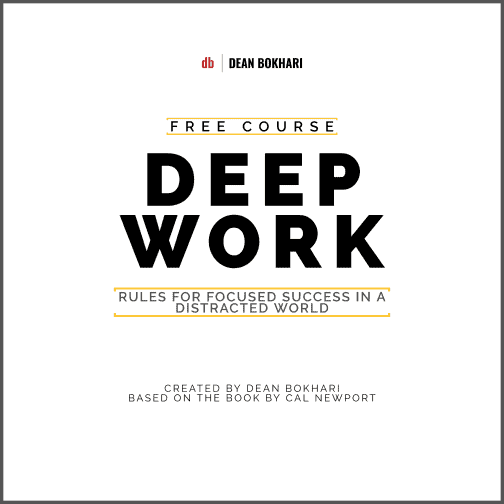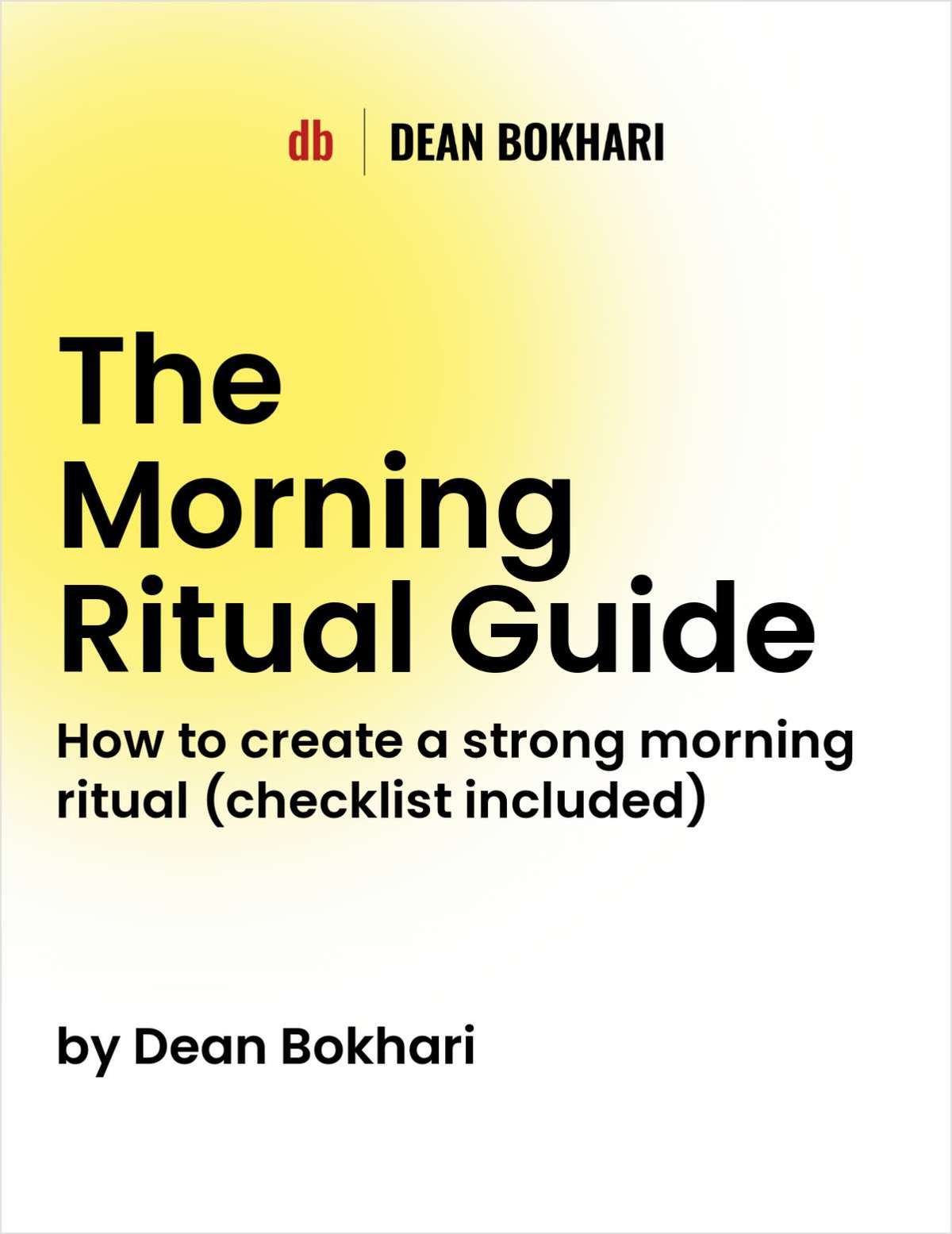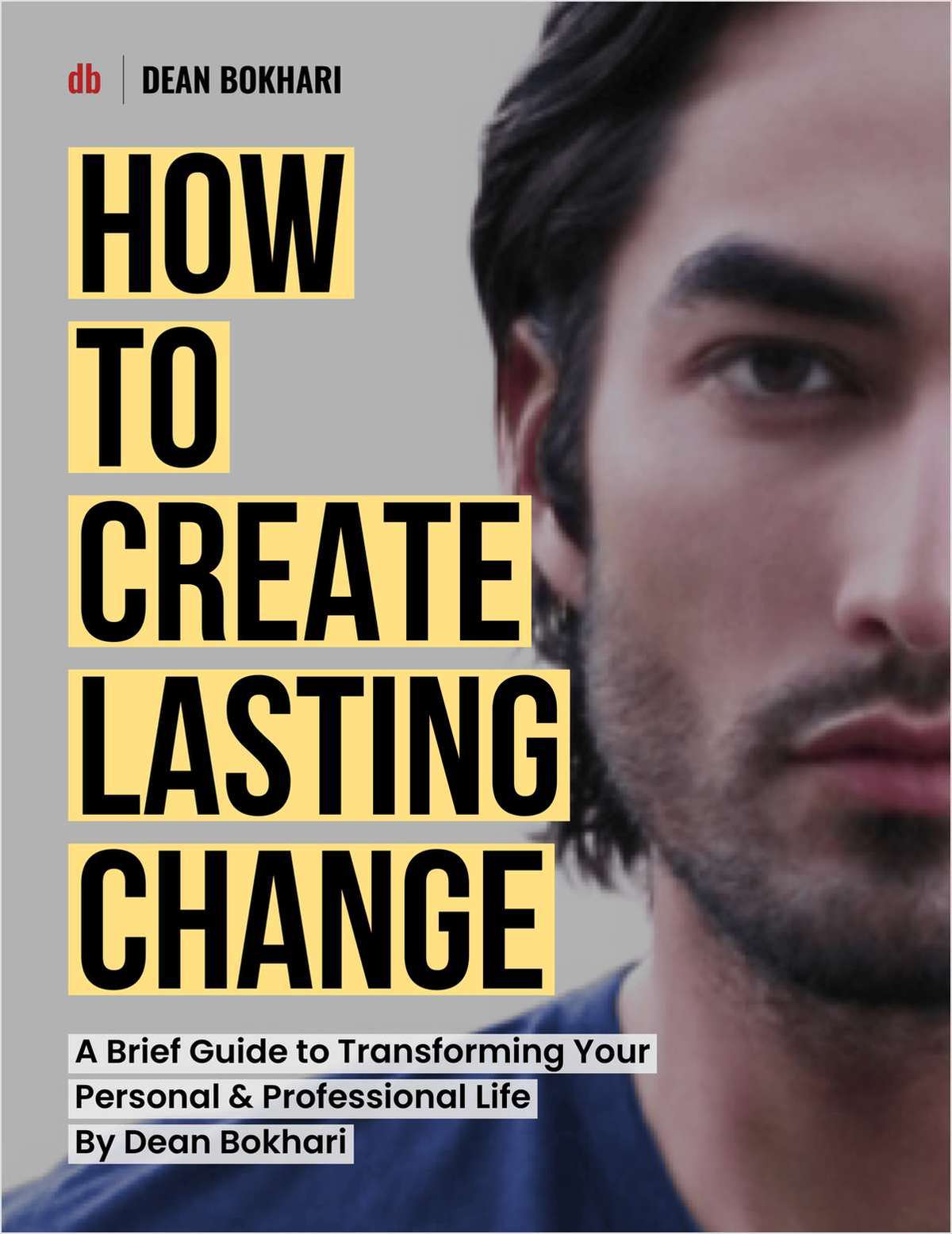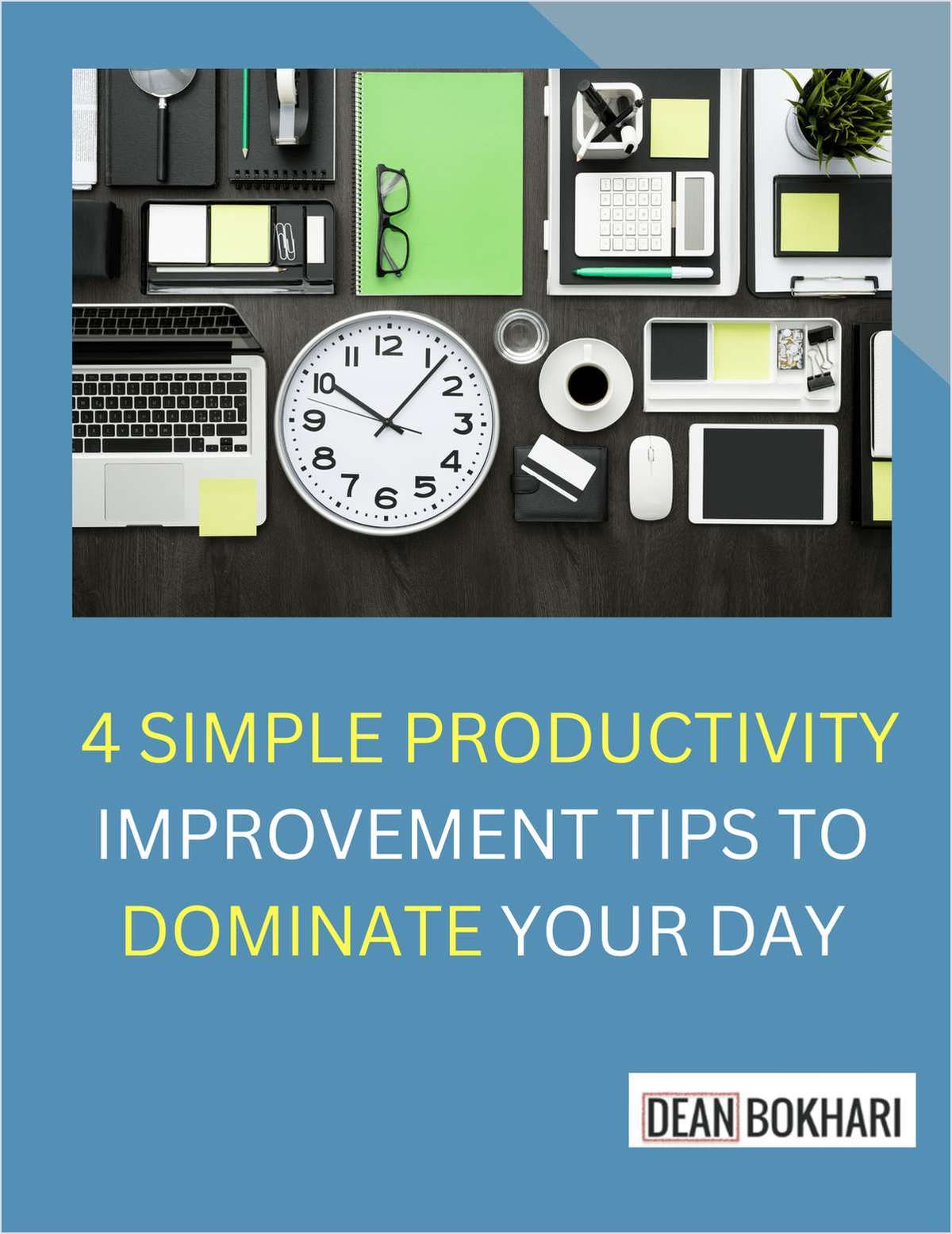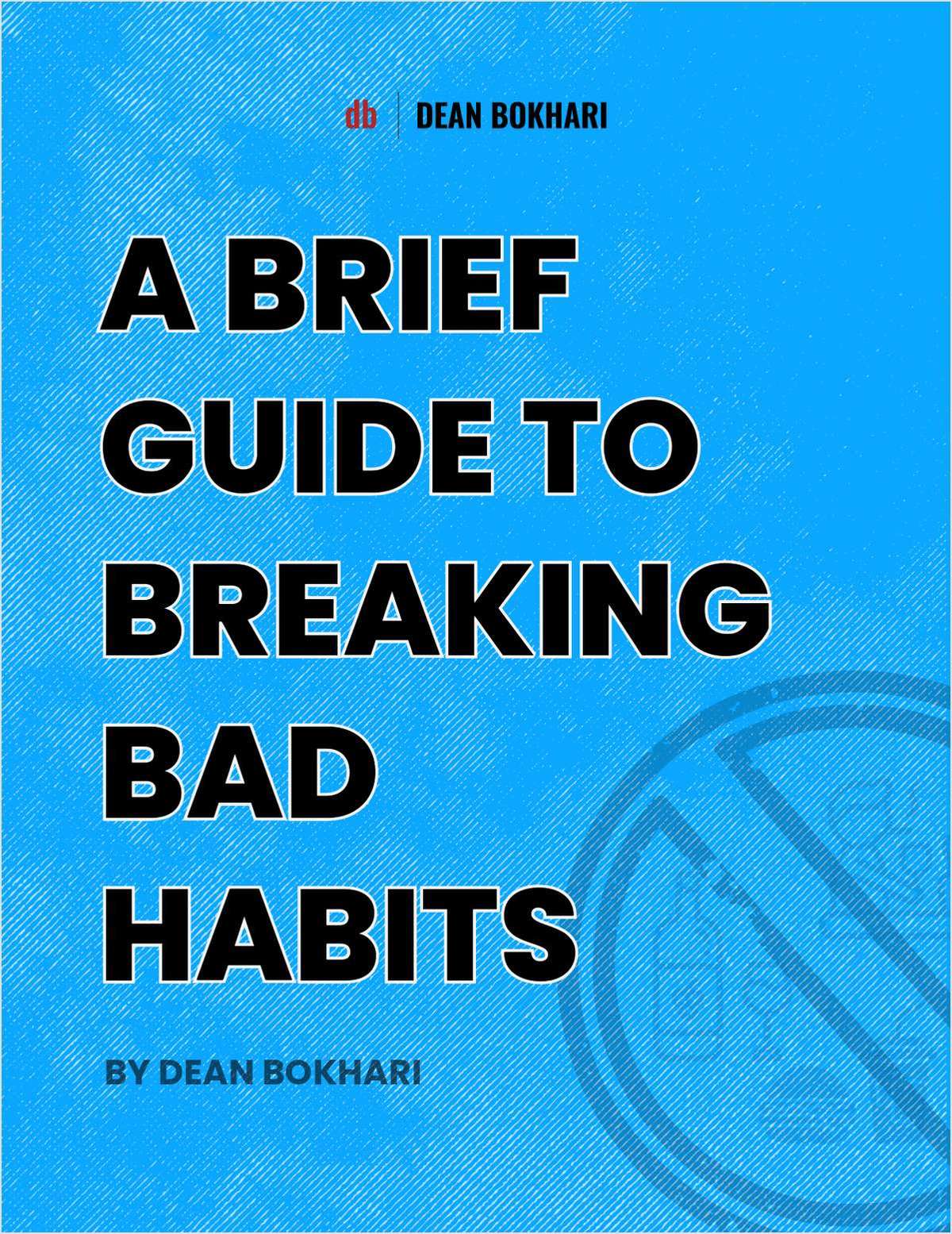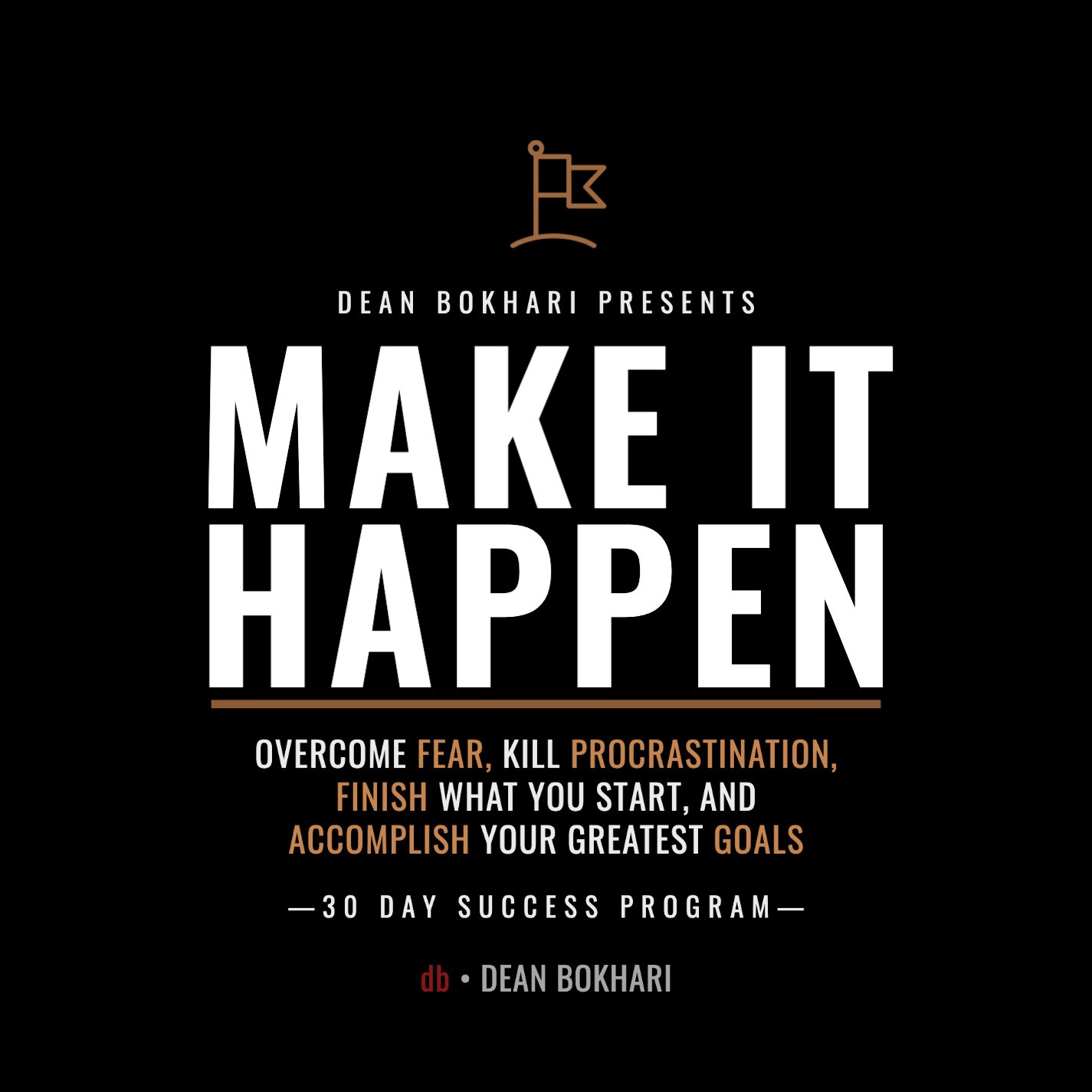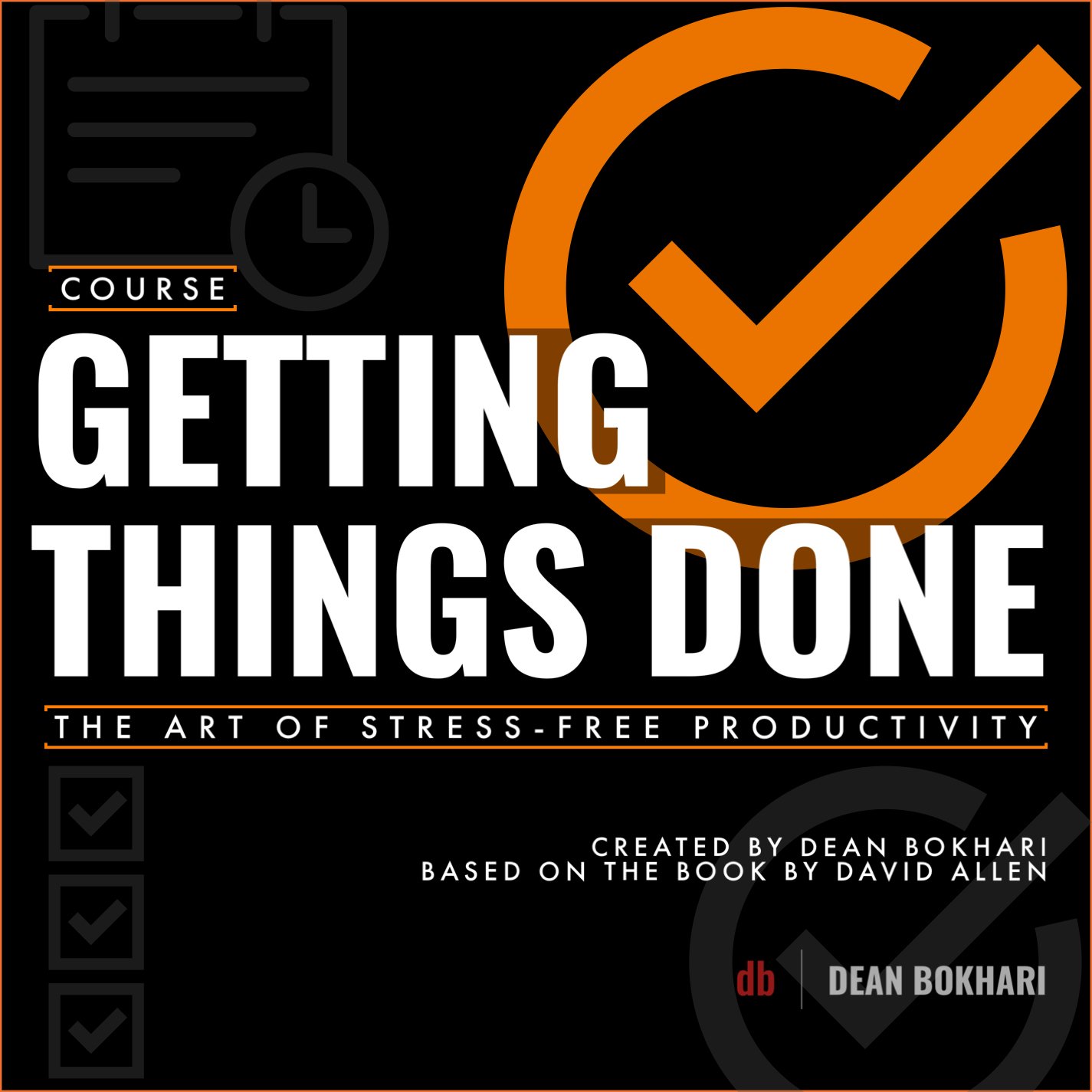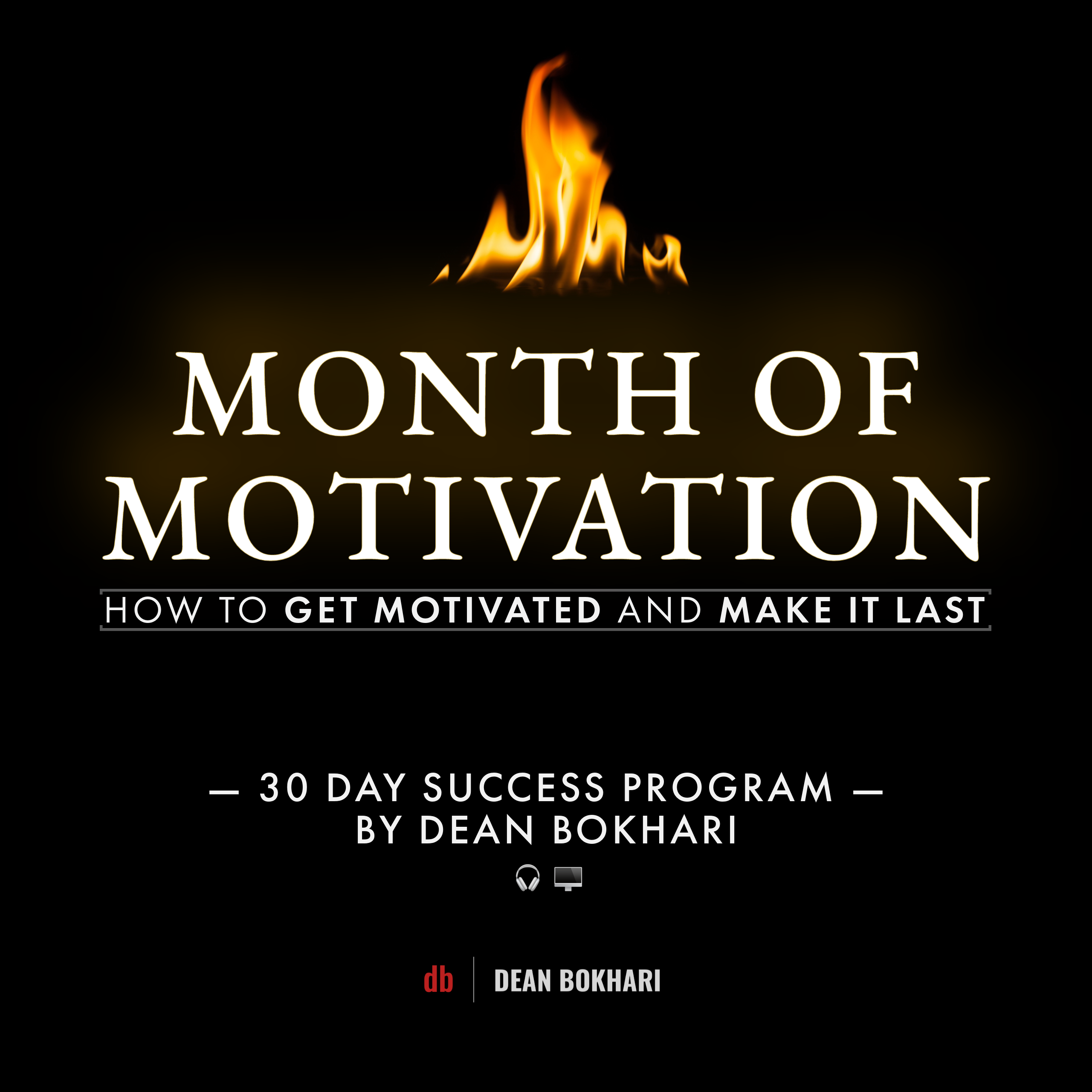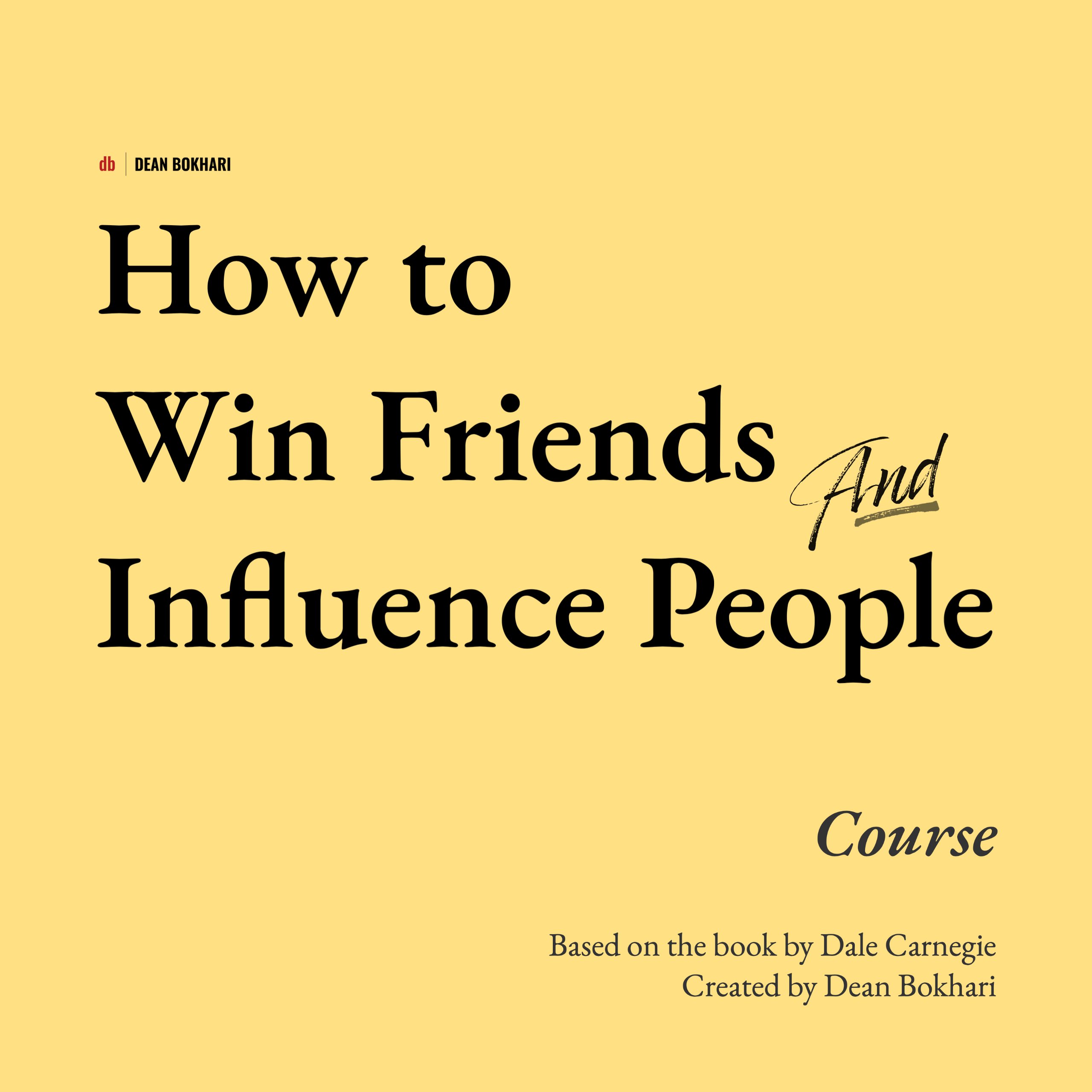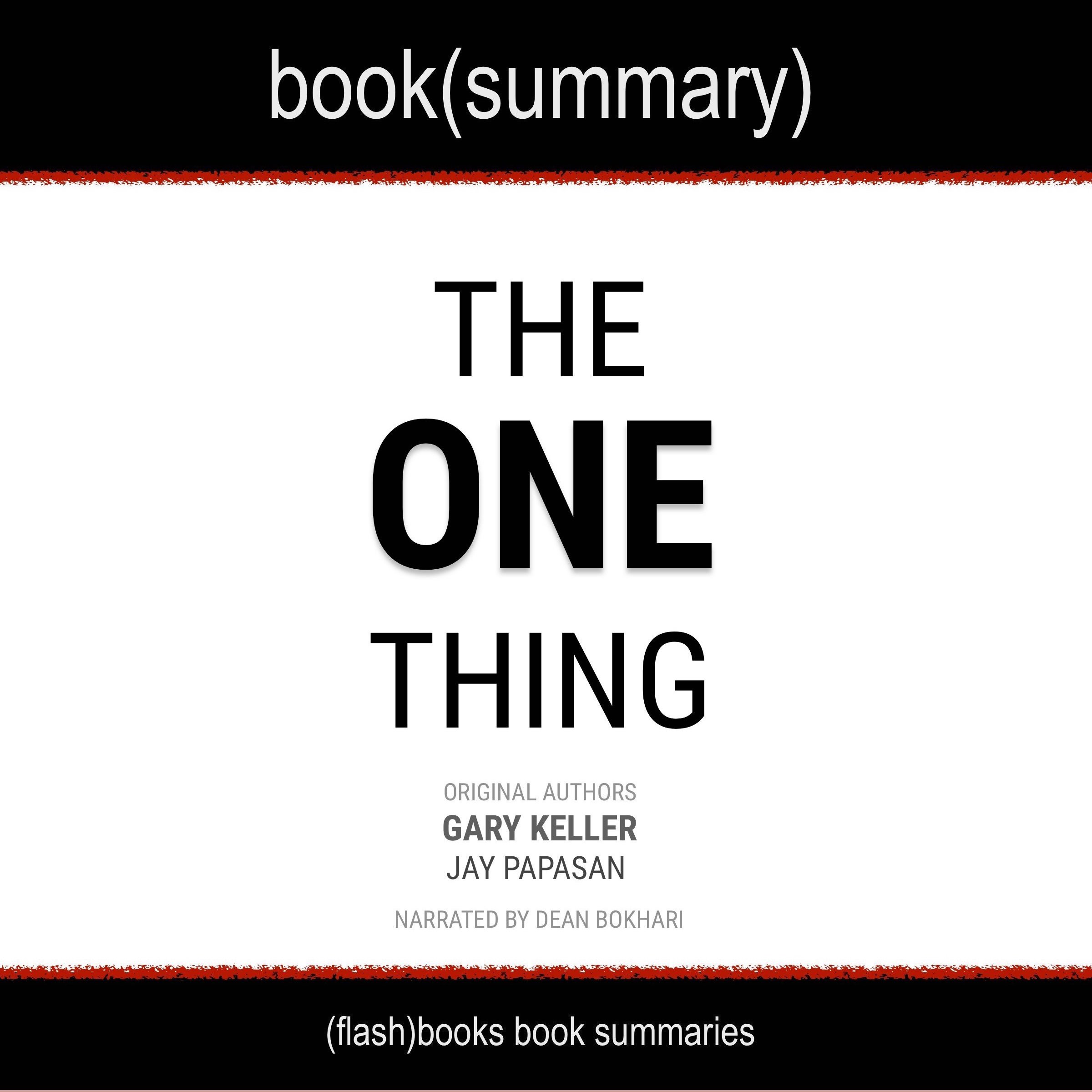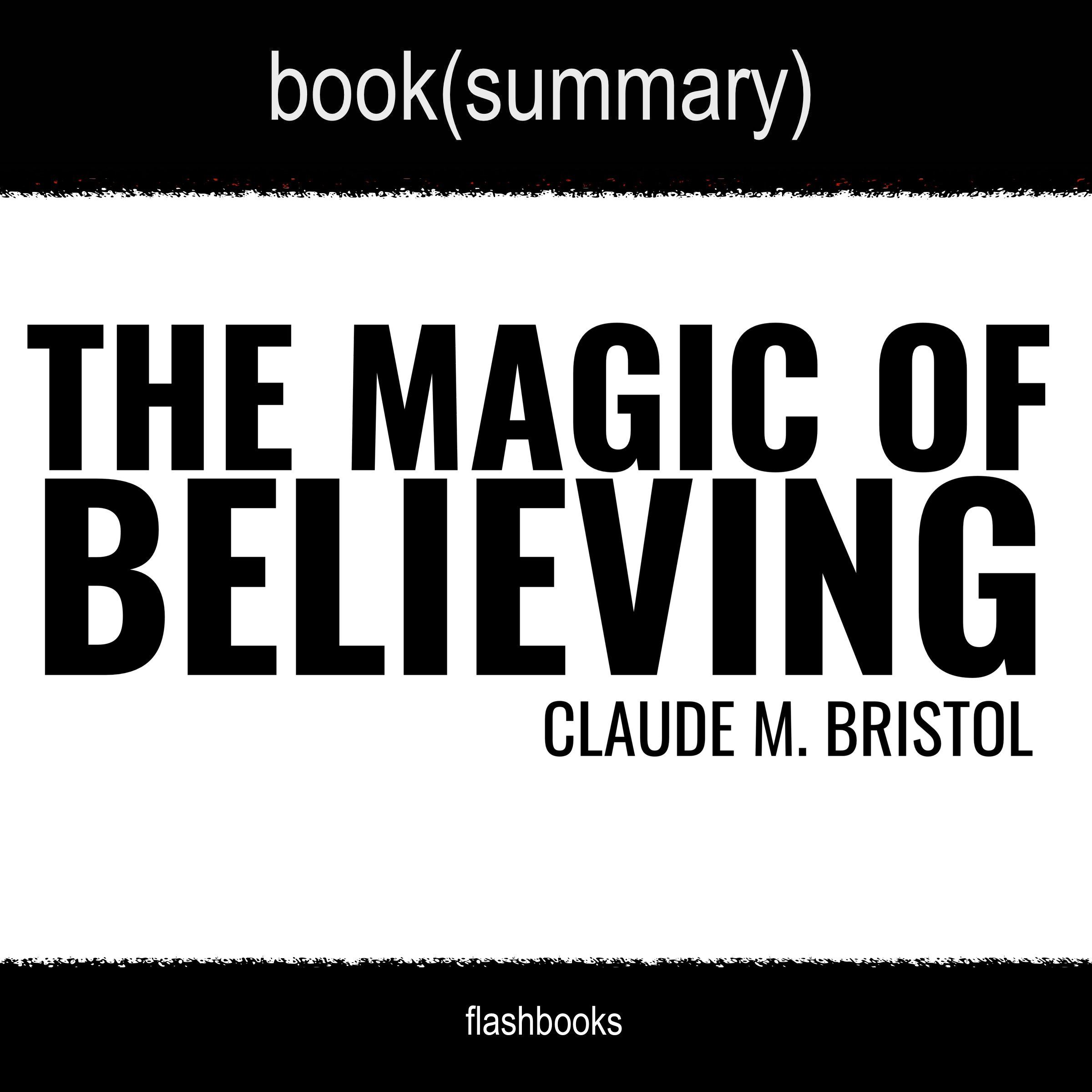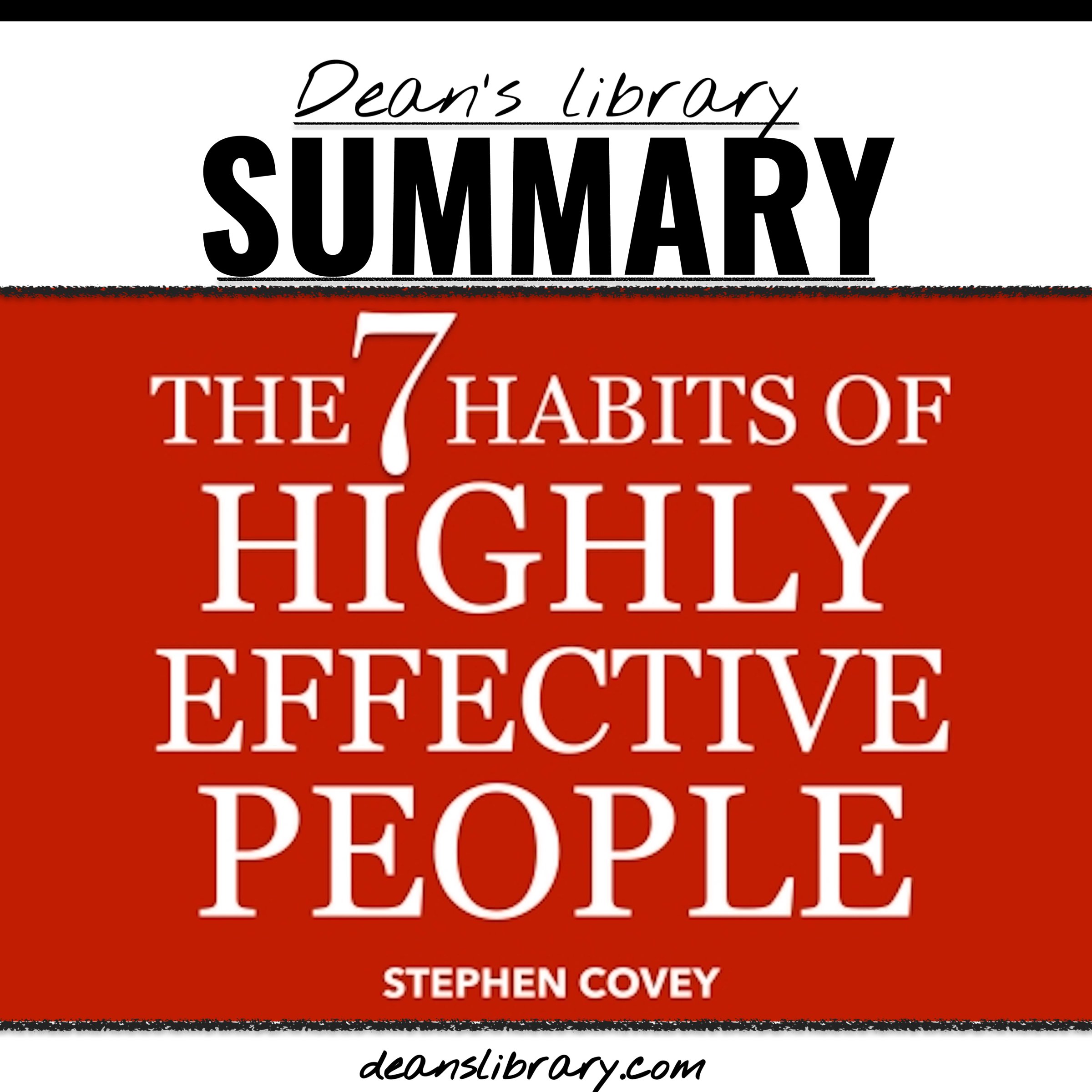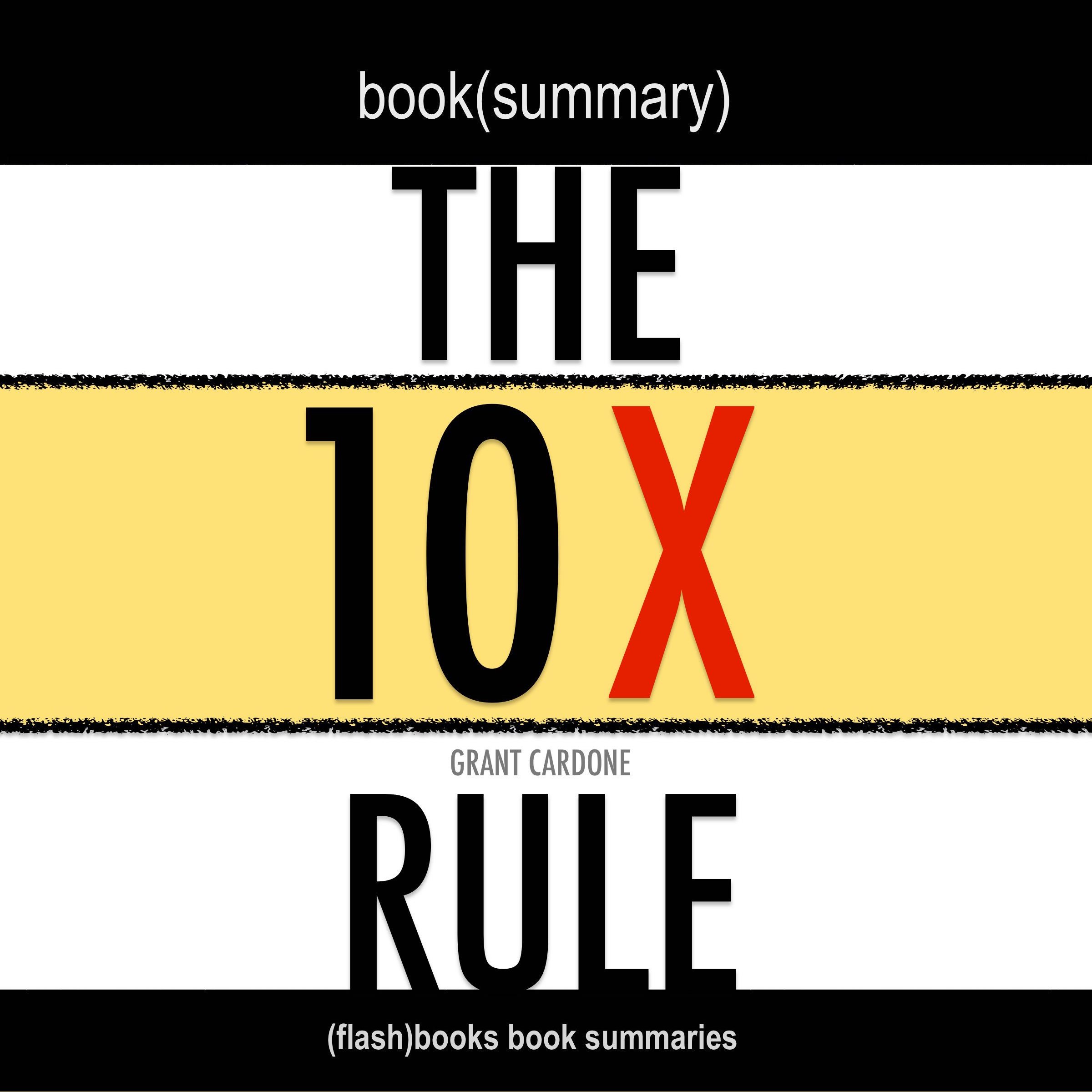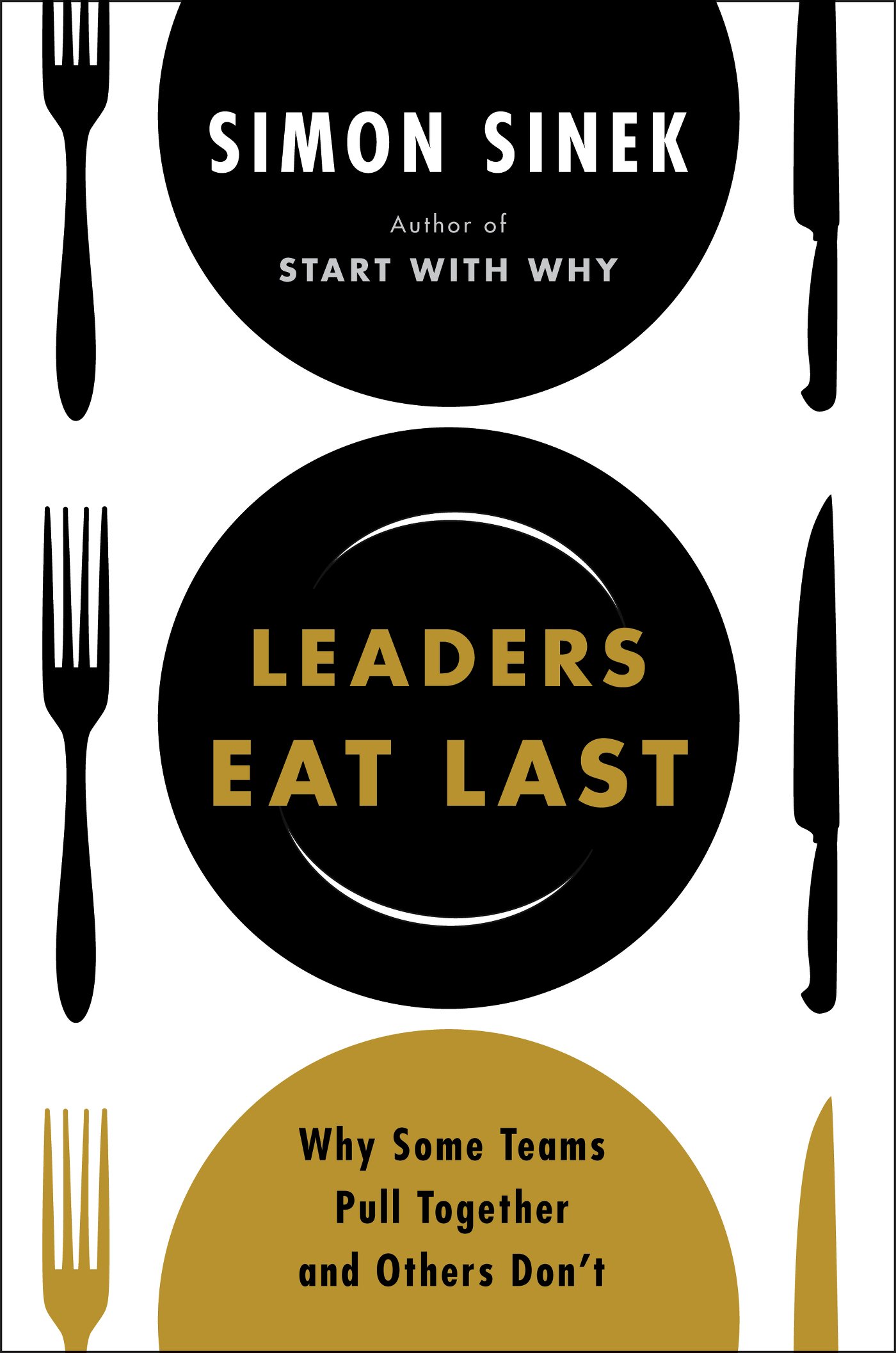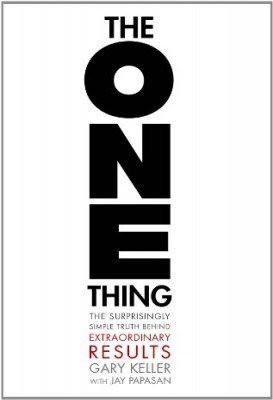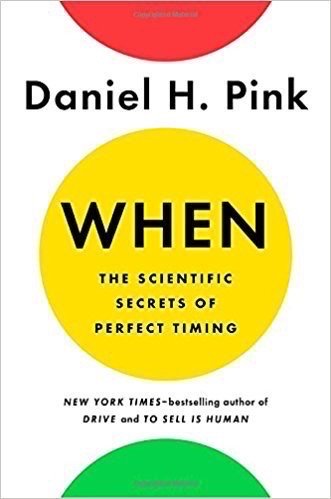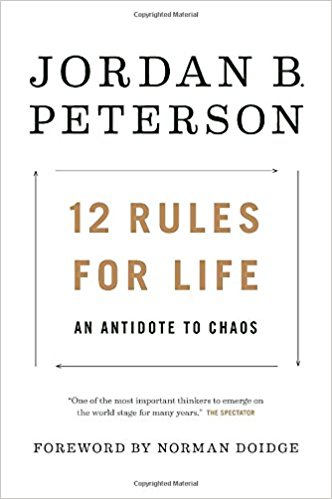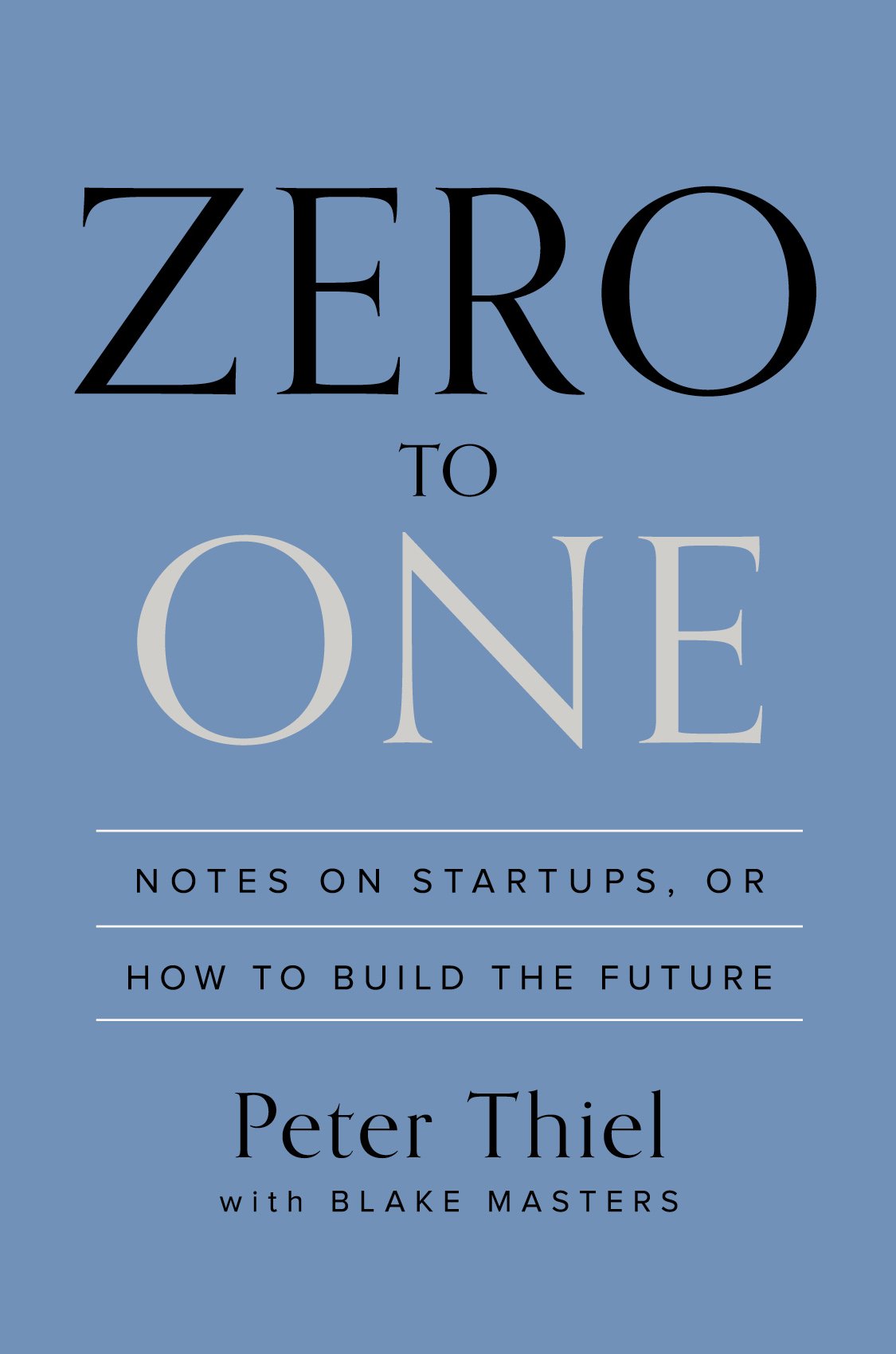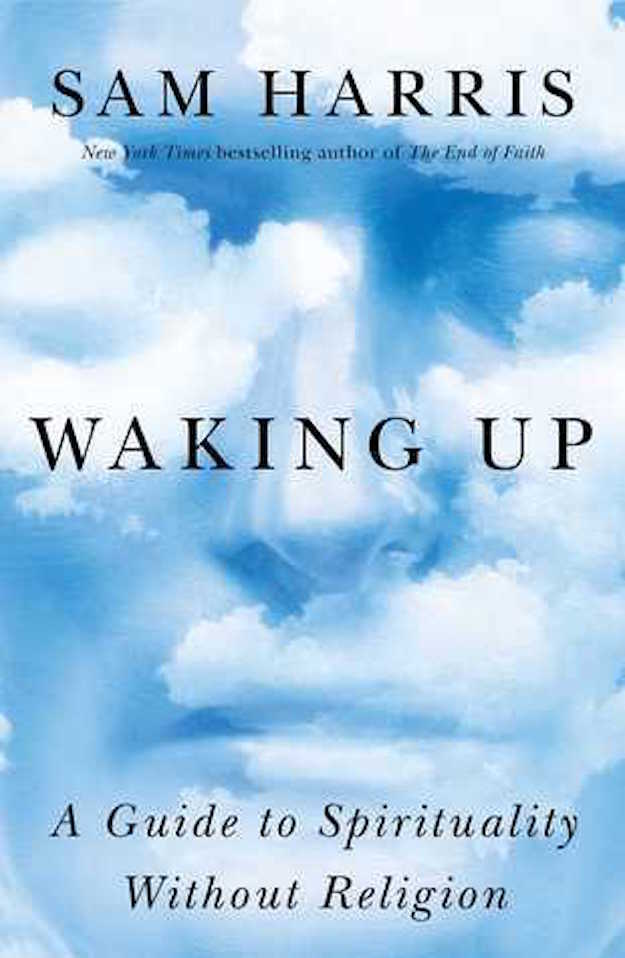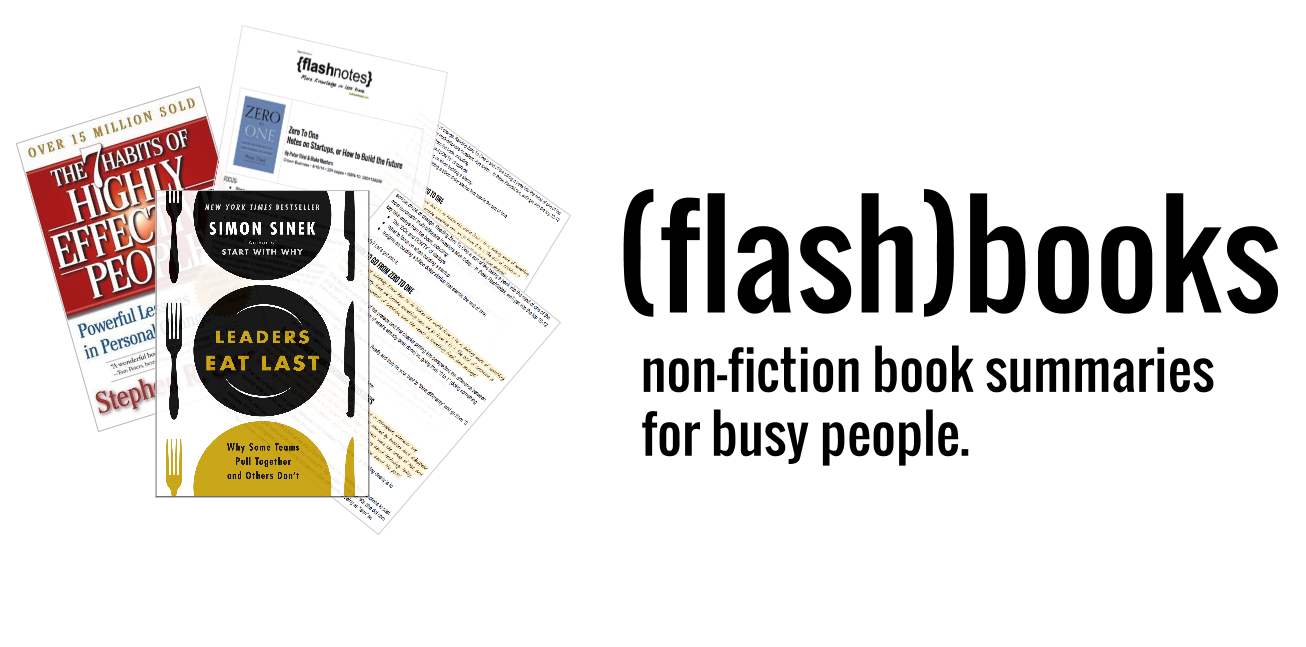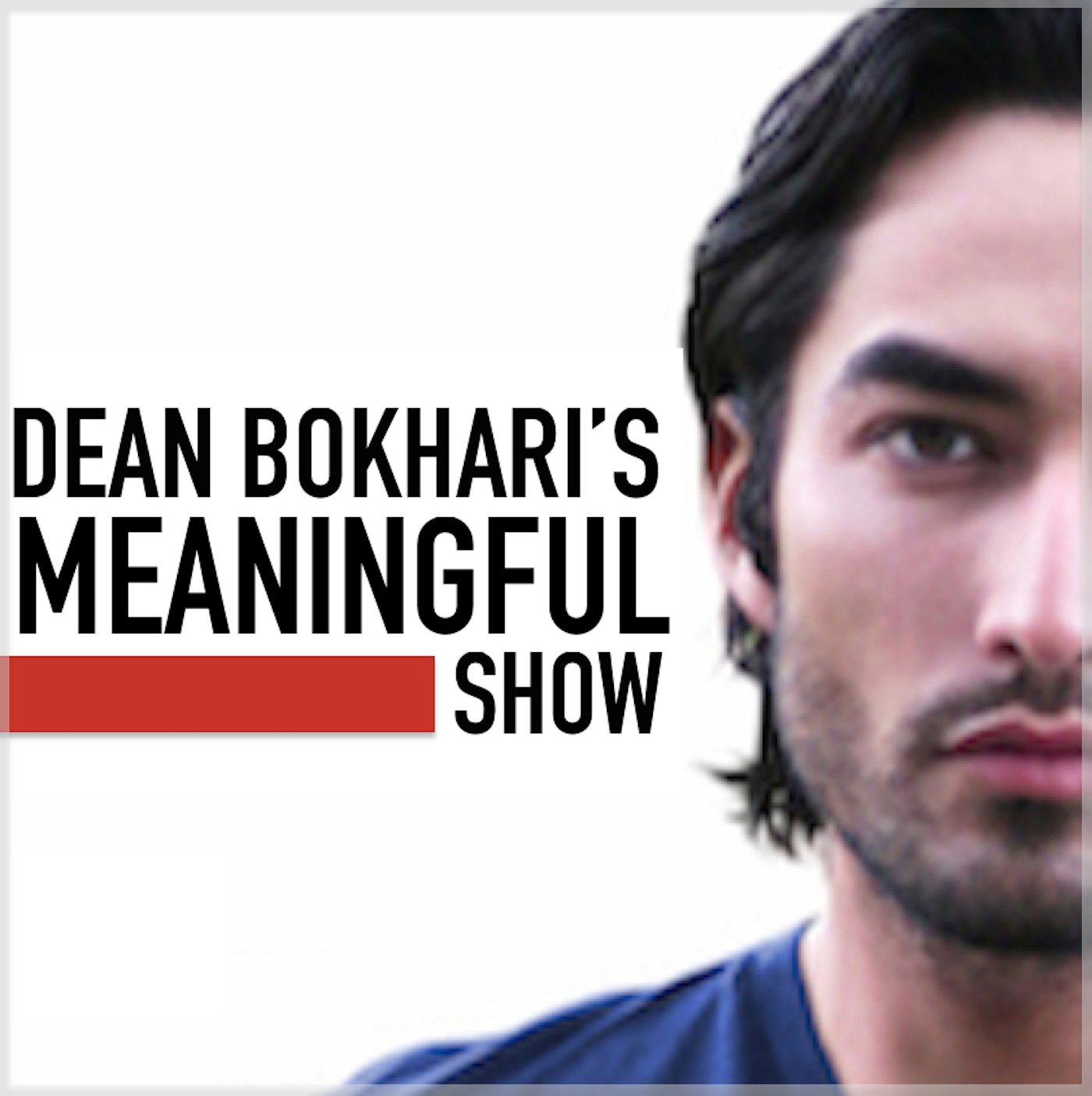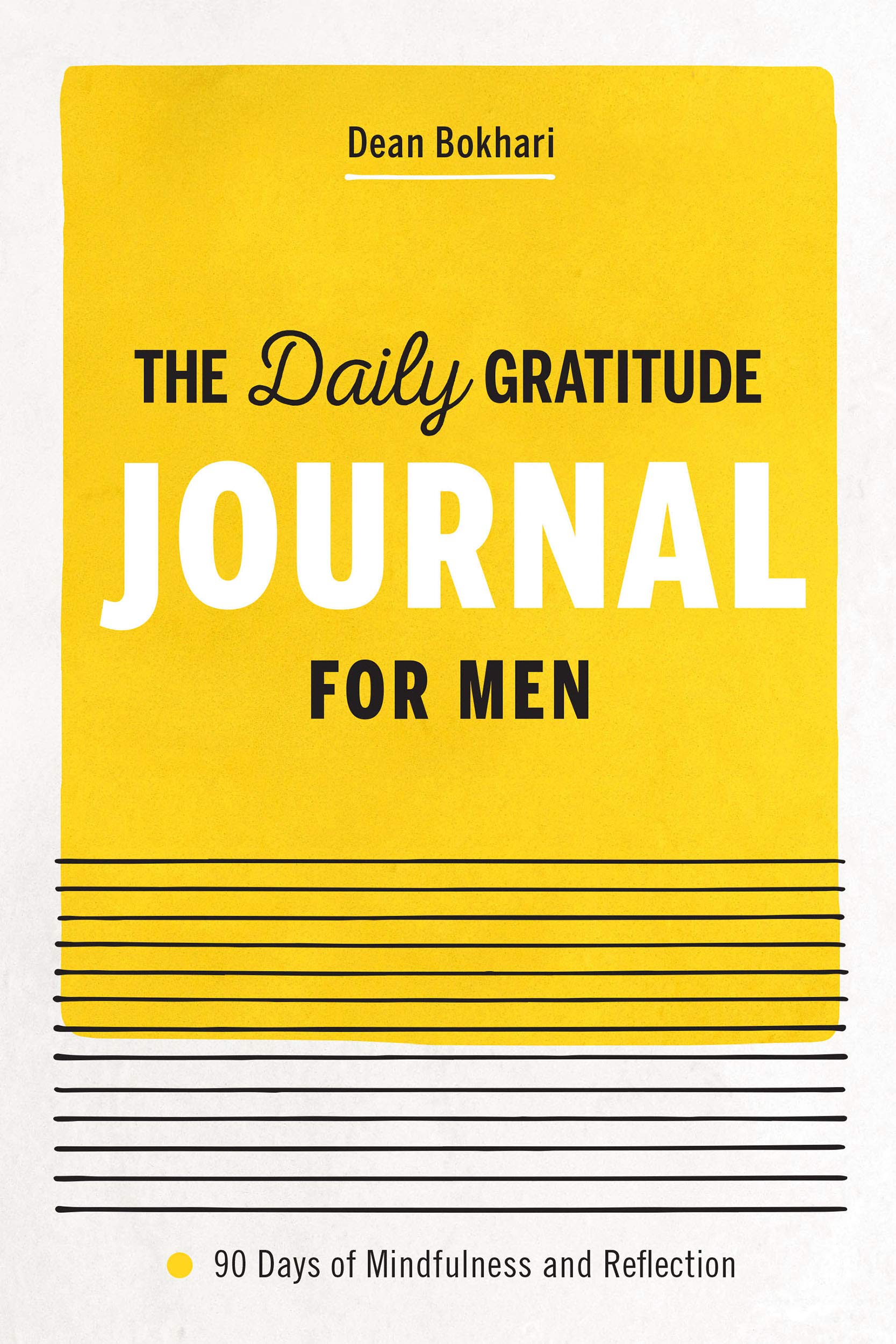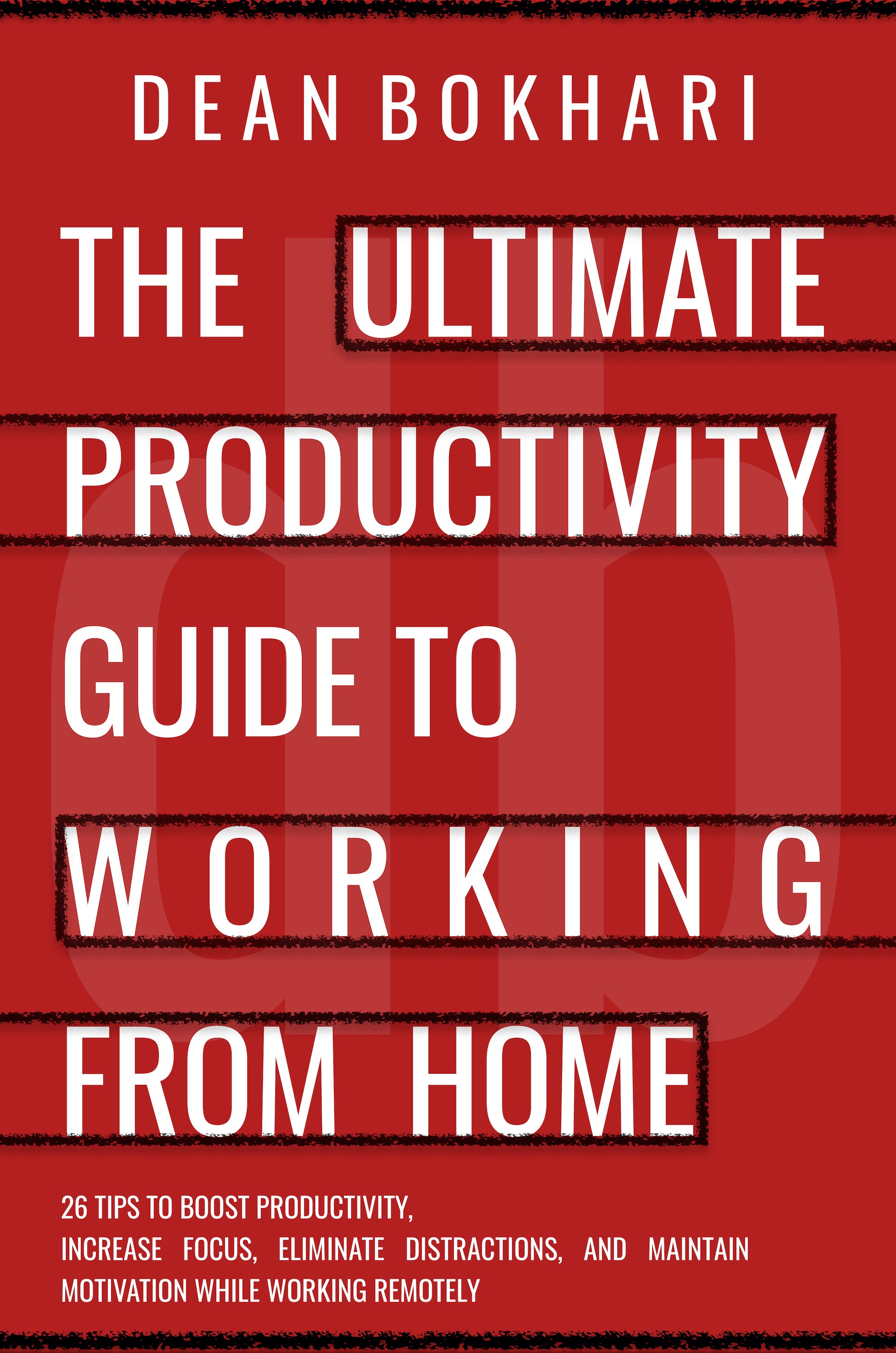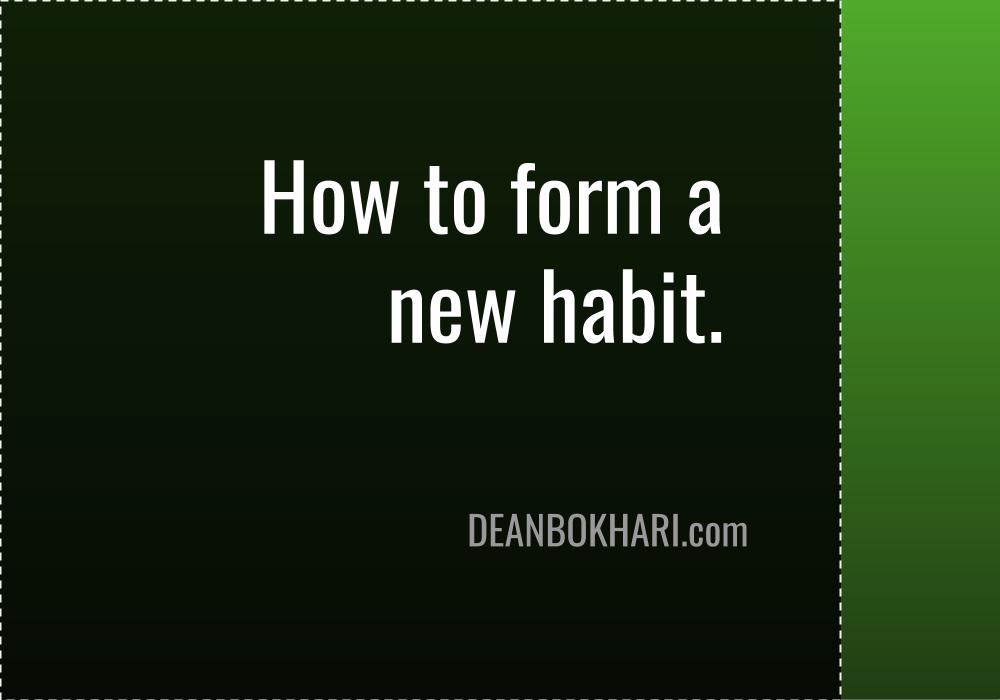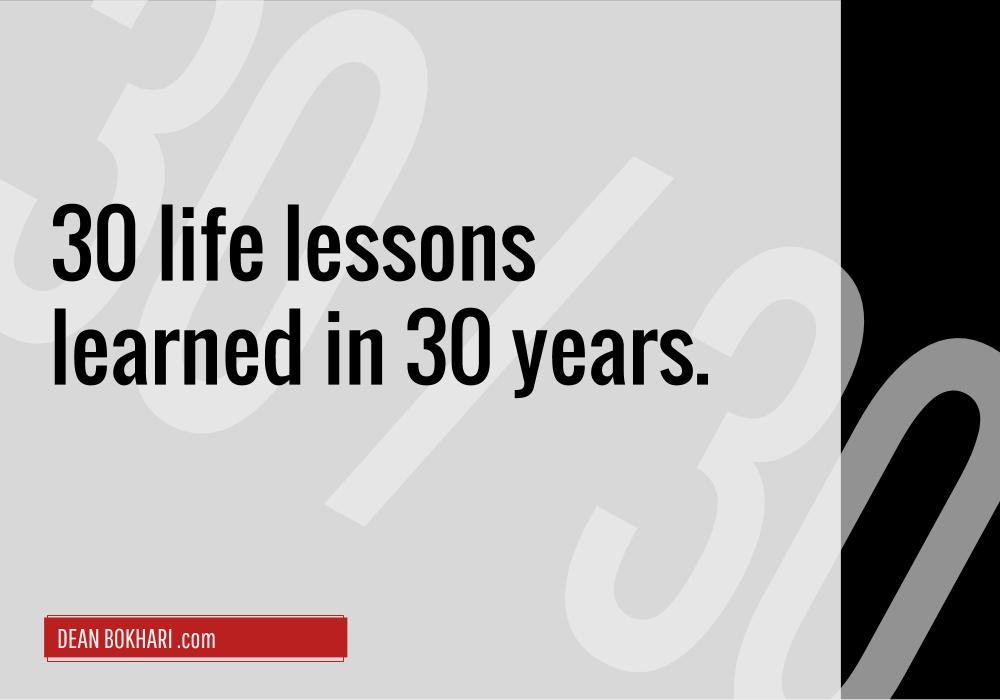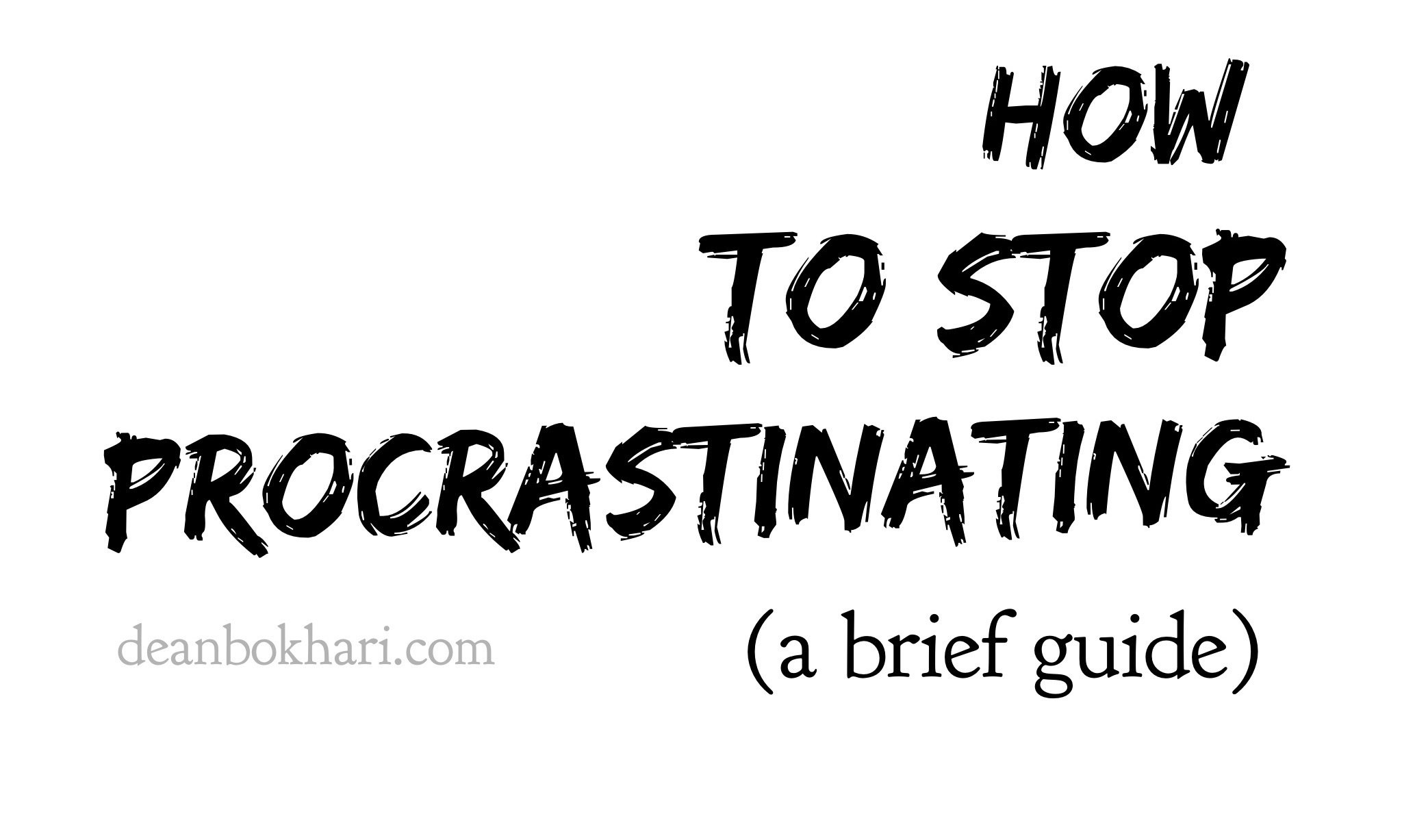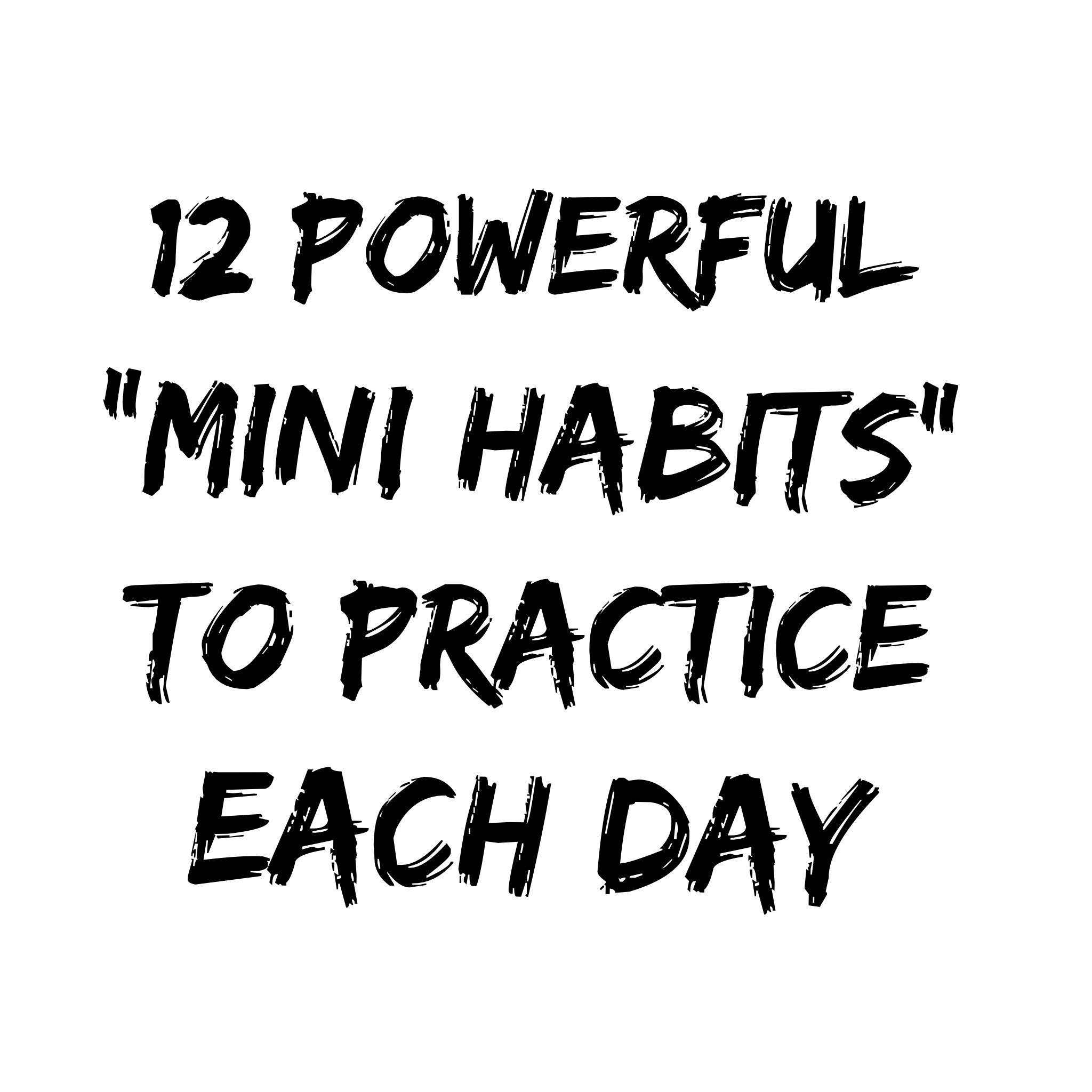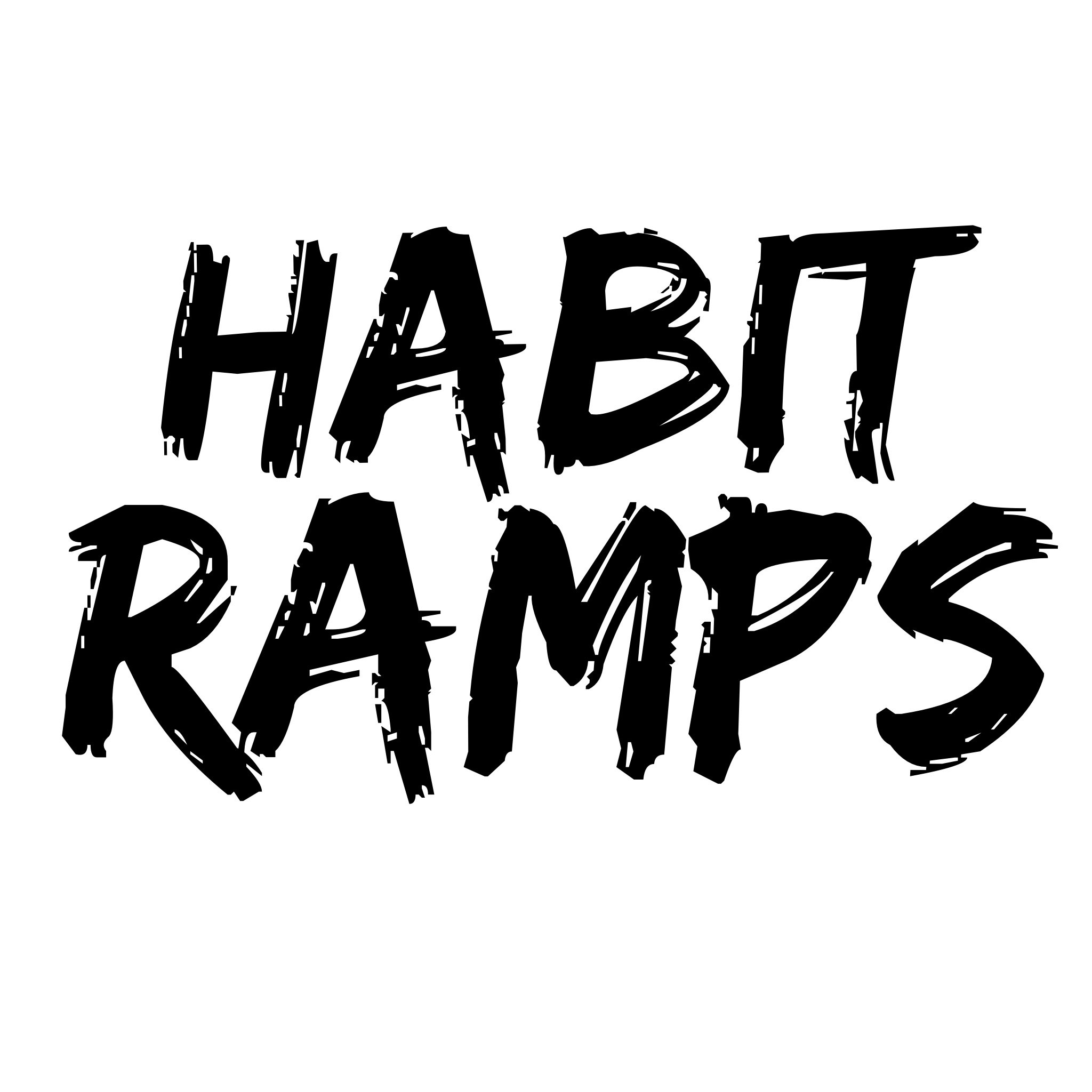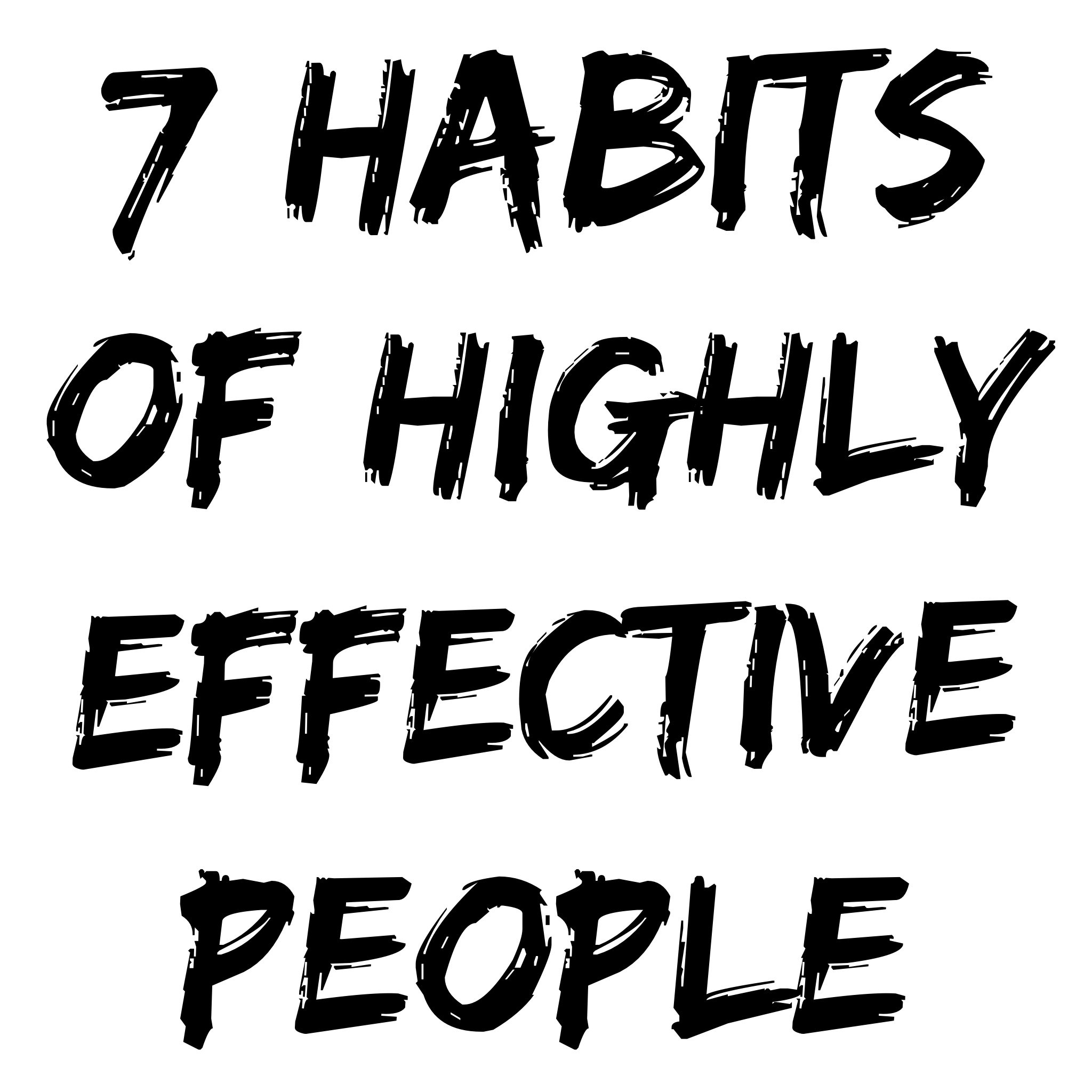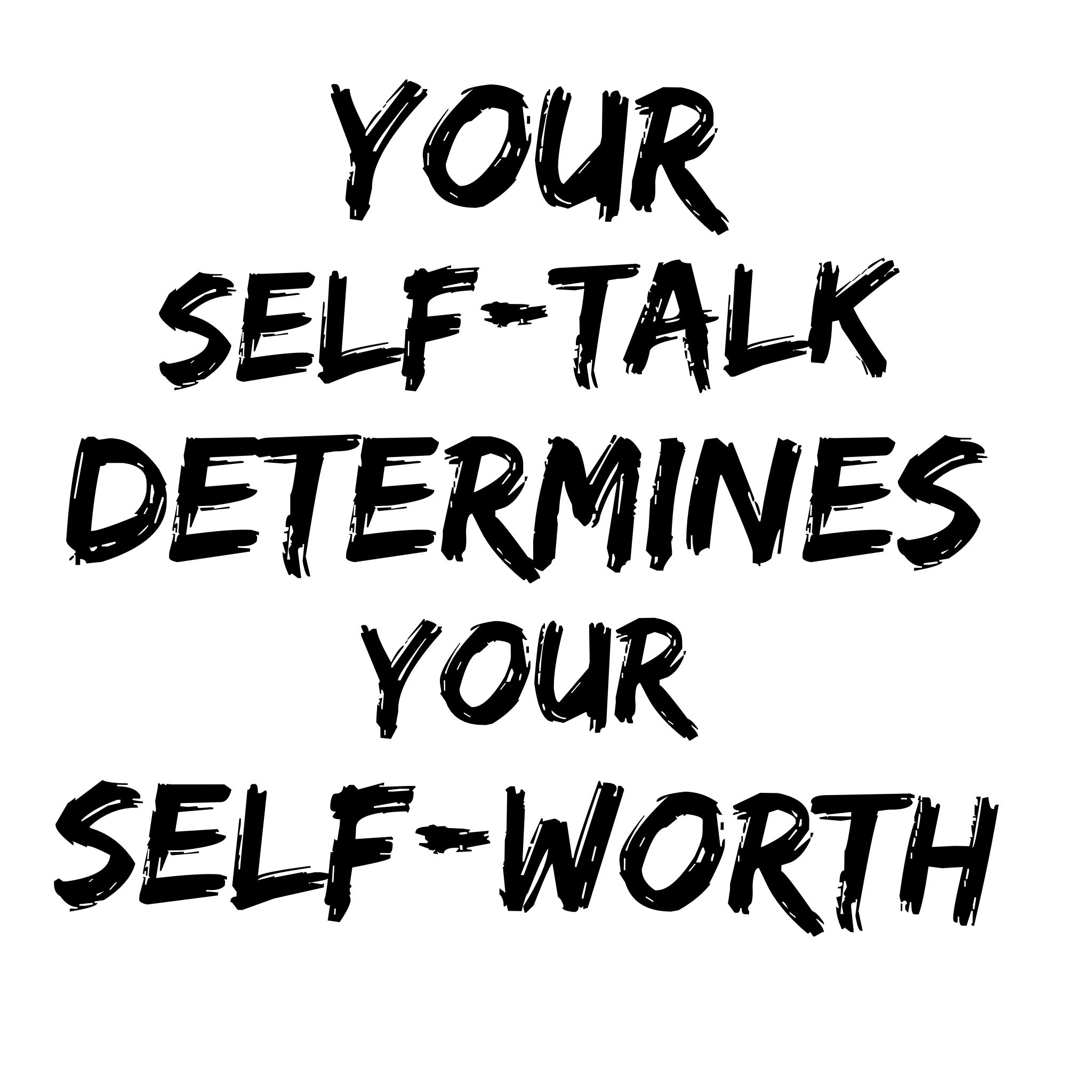Is it okay to copy? - knowledge bombs from "steal like an artist" by austin kleon
Want to be successful?
Start stealing stuff.
Today I’ve got some serious knowledge bombs for you from a book called Steal Like An Artist by Austin Kleon see book summary
Knowledge bomb #1. You couldn’t copy someone if you tried.
The comedian Conan O’Brien has talked about how comedians try to emulate their heroes, fall short, and end up doing their own thing. Johnny Carson tried to be Jack Benny but ended up being Johnny Carson. David Letterman tried to copy Johnny Carson but ended up being David Letterman. And Conan tried copying David Letterman but ended up being—you guessed it—Conan O’Brien.
In Conan’s own words,
“It is our failure to become our perceived ideal that ultimately defines us and makes us unique.”
That’s good stuff, right there.
The good thing about copying, is that it’s almost impossible for us to do it… Try drawing 10 stars or squares or circles on a piece of paper by hand and you’ll know what I mean.
No matter how hard we try, the human hand can’t make a perfect copy of anything. And that’s great news, because it’s precisely those places where you’re unable to copy people perfectly that you need to be amplifying.
Another knowledge bomb I really like from the book is this…
Knowledge bomb #2. Nobody’s born with a style or a voice.
“We don’t come out of the womb knowing who we are. In the beginning, we learn by pretending to be our heroes. We learn by copying. We’re talking about practice here, not plagiarism…”
The important thing to remember about this big idea is the difference between copying and plagiarism.
Plagiarism = trying to pass someone else’s work off as your own.
Copying = Reverse-engineering
What you want to focus on is reverse-engineering. This means deconstructing good work—taking it apart and putting it back together—so you can understand what makes it tick… We’ll talk more about the idea of reverse-engineering in the final knowledge bomb..
Knowledge bomb #3. Don’t steal the style, steal the thinking behind the style.
“Don’t just steal the style, steal the thinking behind the style. You don’t want to look like your heroes, you want to see like your heroes.”
Years ago, when I first got into self-improvement and personal development material, all I did was try to copy all the popular self-help guys. One of those people was Tony Robbins. But then I realized I couldn’t be like Tony Robbins (I look different, talk different, and move differently than Tony does.) The real break-through came when I deconstructed his work and realized that the reason behind why his material is so powerful is because he uses emotional intensity to energize people first, and then he dives into educating them, and ends with a powerful call to action. Make it emotional. Make it educational. And make it actionable. “I can do that,” I thought. And so I internalized the thinking behind the style …
Another thing I realized about the self-help world was that it was filled with bull-shit artists. Lots of motivational mumbo-jumbo with very little substance (or research) to back it up. So, this was a case where I recognized that the good stuff behind the self-help industry was that it focused on helping people make positive changes in their lives.
But the dark-side of self-help was what I didn’t like, and wanted to avoid being associated with, so I took the good stuff about self-help (helping people change) and combined it with research to backup my points.
Learning this concept of understanding paradigms (ways of thinking) rather than processes (or styles) was a game-changer for me when I first realized way back when. And it’s something you can do, too.
Start copying.
- Make a list of people that inspire you.
- Start copying them by deconstructing their work.
- Look for ways to you can re-make, re-mix, and re-do the work you find inspiring until you turn it into something that’s uniquely you. Combine great work. Add to it. Make it better. Make it different. Make it yours.
LIVE LIKE YOU GIVE A DAMN,
Dean Bokhari
- If you find the podcast helpful, please rate + review it on Apple Podcasts »
- Got a Self-Improvement question you'd like me to cover? Submit it here »
"Dean Bokhari's Meaningful Show is the Self-Improvement Podcast I've been
waiting for. It's actionable, inspiring, and BS-Free." —Brett Silo
Free self-development courses
👇
Tap on any of the courses below to start learning how to boost your productivity (with GTD), get focused (with Deep Work), design a successful and fulfilling life (with The 7 Habits course), or learn the art of influencing others (with the How to Win Friends & Influence People course.) All for free. 👇
Free life guides
👇
Best-selling Self-development courses by Dean Bokhari
Kill procrastination.
|
Get stuff done.
|
Get motivated.
|
Connect with anyone.
|
freshly pressed:
Top Audiobooks narrated by Dean Bokhari on audible
Book summaries
- The Power of Habit by Charles Duhigg
- 12 Rules for Life by Jordan B. Peterson
- Presence by Amy Cuddy
- Leaders Eat Last by Simon Sinek
- The ONE Thing by Gary Keller, Jay Pasan
- Deep Work by Cal Newport
Read or Listen to top Self-Help + Business Book Summaries in 20 Minutes or Less.
or
